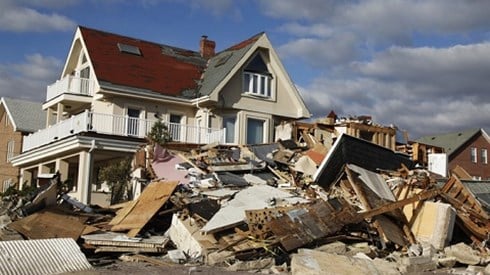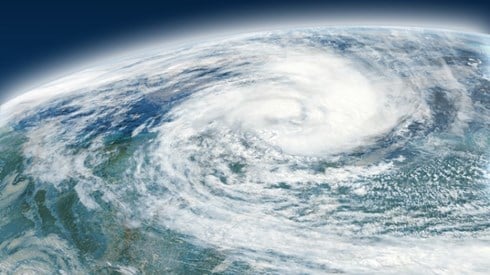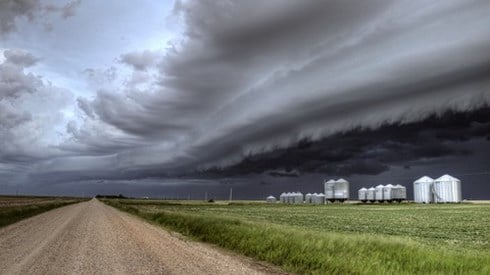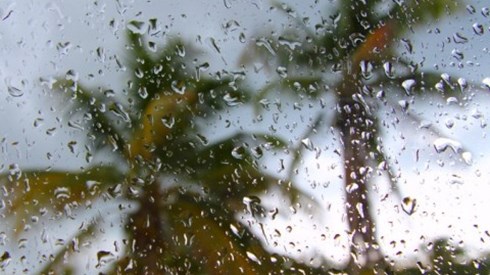AIR Estimates Hurricane Sally Insured Losses at Up to $3 Billion

September 24, 2020 See Related Articles and Videos

Catastrophe risk modeling firm AIR Worldwide estimates that Hurricane Sally caused $1 billion to $3 billion in insured onshore property losses as a result of wind, storm surge, and inland flood. Wind was responsible for the majority of the losses, AIR said.
Hurricane Sally made landfall in the early morning hours of September 16 near Gulf Shores, Alabama, as a Category 2 hurricane with maximum sustained winds of 105 mph, AIR said. As it slowly moved northeast after landfall, it quickly diminished, bringing wind gusts over 100 mph, storm surge of 6 to 7 feet, and up to 30 inches of rainfall.
Heavy rainfall was largely confined to a relatively small area covering the Florida Panhandle west of Tallahassee and southeastern Alabama, AIR said.
According to AIR, although the storm's wind speeds diminished rapidly after landfall, Sally buffeted cities and towns for hours as it moved north-northeast across Alabama at speeds as slow as 2 mph. Coastal areas between Mobile, Alabama, and Pensacola, Florida, were in the northern eyewall for hours, AIR said, while tropical-storm-force winds continued through the afternoon of September 16 across southern Alabama and the western Florida Panhandle.
AIR said that along its track, losses caused by Hurricane Sally included minor roof damage, broken windows, downed trees, toppled church steeples, damage to structures such as gas station canopies, isolated major structural failures, and damaged infrastructure in Alabama and Florida. At its height, a power outage extended to nearly half a million customers, most of them in Alabama and Florida.
Areas of notable storm surge inundation include Orange Beach and Dauphin Island, Alabama, and other coastal communities of Baldwin County, Alabama, AIR said. Areas of notable inland flooding from Hurricane Sally include downtown Pensacola, where the storm produced 24.8 inches of rain. Flooding in coastal communities in Baldwin County and the Florida Panhandle was largely caused by hurricane-induced precipitation, AIR said.
September 24, 2020


